In recent news a vicious type of insect is taking the world and the honey bee population by storm. We are aware that our bee population has been declining in recent years, but now we have another piece to add to the worrisome puzzle: Asian Giant Hornets. (source)
What are these massive, horrifying creatures?
Asian Giant Hornets (including subspecies Japanese Hornet) are the largest hornets in the world. They are native to Eastern Asia, and have been reportedly making their way to Europe. Similarly, Asian Giant Hornets are most commonly found in rural areas of Japan, where they are known as the “Giant Sparrow Bee.” Bee? Honey bees do not look that scary!
The Anatomy of an Asian Giant Hornet
Asian Giant Hornets can grow as large as 2 inches long with a wingspan of 76mm (3 inches). They are approximately five times larger than the average honey bee, and their 6mm (1/4 inch) long stinger is filled with venom. On the same note, the venom contains a neurotoxin called mandaratoxin. This toxin is highly poisonous to those who are allergic to bee stings and may result in death. A single sting may potentially cause internal organ damage as well as large welts in the skin. (source, source)
Lifespan & Mating
The Asian Giant Hornets live for about 3-5 months. It takes a larvae 14 days to become a full grown adult. Generally a colony holds 700 Asian Giant Hornets, and the majority of workers are females (similar to honey bee workers). The queen lays fertilized female eggs and unfertilized male eggs, and the adult males leave the hive and die after mating. In the fall the current workers and queens die, and the fertilized queens take over once spring time arrives. Their lifecycle is similar to that of a bee, so many Asian Giant Hornets will emerge at the same time as our precious honey bees. The autumn/fall season is mating season for Asian Giant Hornets, and they are generally more aggressive during this time. (source)
Who is Their Prey?
Asian Giant Hornets primarily prey upon medium – large size insects. This includes bees, other hornet species and mantises. Asian Giant Hornets have also preyed upon some pollinating wasps. Asian Giant Hornets do not specifically target humans unless provoked or scared. This especially occurs if they feel their nest is threatened, or if their nest has been tampered with. However, there are 30-40 human deaths each year in Japan due to Asian Giant Hornets. While they prey upon a variety of species, they must watch out as they are being hunted by something much bigger than them. The European Honey Buzzard is the only known predator of Asian Giant Hornets (aside from humans), and they are armed with sting-resistant feathers that protect them from the attacks of their prey. In fact, the feathers have a natural repellant that lessens the risk of being swarmed by the hornets. Unlike other members in the honey buzzard family (including the Barred and Crested honey buzzards), the European Honey Buzzard feeds specifically on the larvae and honey of Asian Giant Hornets. (source, source, source)
What About Our Bees?
The Asian Giant Hornet can wipe out bee hives and colonies within hours. In one day alone, the Asian Giant Hornet can fly up to 100km (60 miles) at 40 km/h (25 mph), allowing it to quickly fly towards their victim. In fact, it takes less than 50 Asian Giant Hornets to take down a colony of tens of thousands of bees. Additionally, a single hornet is able to kill 40 honey bees per minute. Essentially, the hornet uses its mandibles and decapitates their victims. No wonder we are seeing the honey bee population decline, especially in these areas! The poor honey bee is nearly helpless against the hornets. However, the honey bees in Japan have become used to the Asian Giant Hornet’s tricks, and they have prepared a defense mechanism to protect themselves and their hive. When the hornet enters the hive, the honey bees form a large ball around the hornet. Hundreds of bees swarm the hornet, and they begin to vibrate their bodies back and forth. This creates heat and they are essentially able to “cook” the hornet and force it to die under the high temperature (115 degrees Fahrenheit). The hornets will attack bee hives to access the honey bee larvae inside, which they use to feed themselves for energy and their own larvae. (source, source)
In the video below you will see how 30 hornets were able to exterminate 30,000 bees. Viewer’s discretion is advised: Scenes of violence towards bees may not be appropriate to a young audience.
However, to the advantage of our own bees, this video shows their defensive trick:
The Asian Giant Hornets are also experiencing a population decline, although it is not as steady as the decline in bee population. The hornets are facing deforestation in their native areas. Due to habitat loss and climate change, they are forced to move elsewhere such as regions in Europe and neighbours of the Eastern Asia region. There has been no factual evidence of Asian Giant Hornets entering Canada.
Preventative Measures
It is difficult to control the Asian Giant Hornets. The nests of this insect are large and mostly found in forested areas in higher elevations. However, the Chinese Government has been advising citizens not to extinguish the hives. To prevent human attacks, be aware of your surroundings when traveling in their native regions. To further caution yourself, Asian Giant Hornets are attracted to bright colours, human sweat, and are intrigued by the scent of alcohol. (source)
Furthermore, the Asian Giant Hornet attacks are a growing concern for beekeepers in the Eastern Asian regions and some beekeepers in Europe. Honey bees are a vital component of our ecosystems and with the growing decline in the honey bee population we would no longer have fresh fruits, vegetables, flowers, and much more. While it is unknown when (if ever!) Asian Giant Hornets will make their way to North America, it is important to educate the population about the issue. This may help lessen the risk of attacks on our native honey bees, thus reducing further decline in the honey bee population. Be sure to click the links below for more information about the Asian Giant Hornets.
Other Sources:
Encyclopedia of Life
Animal Diversity Web
Yahoo! News
National Geographic


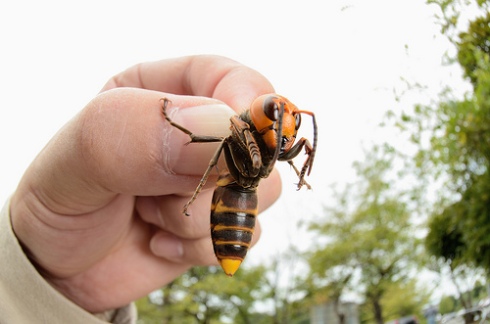
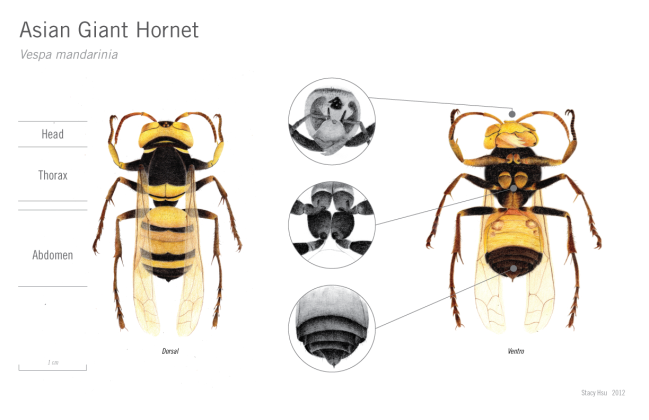
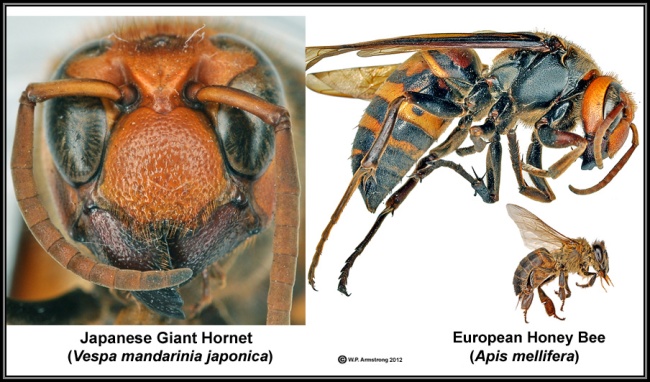
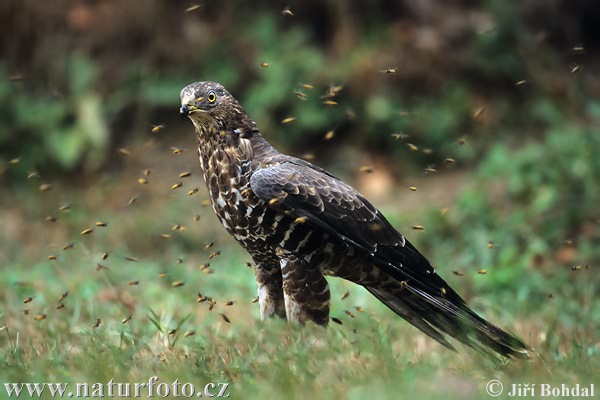
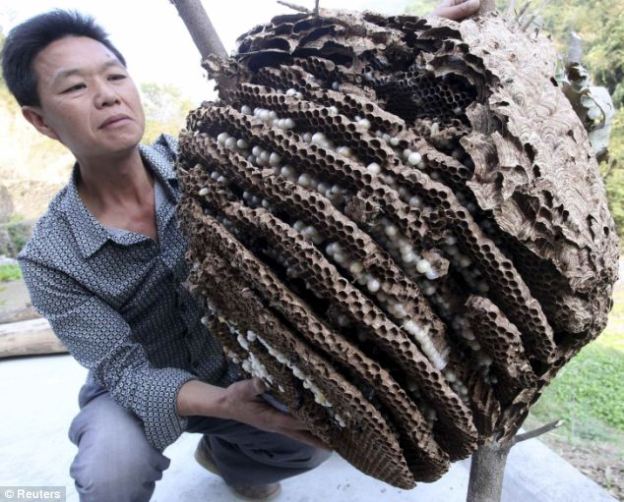
You must be logged in to post a comment.